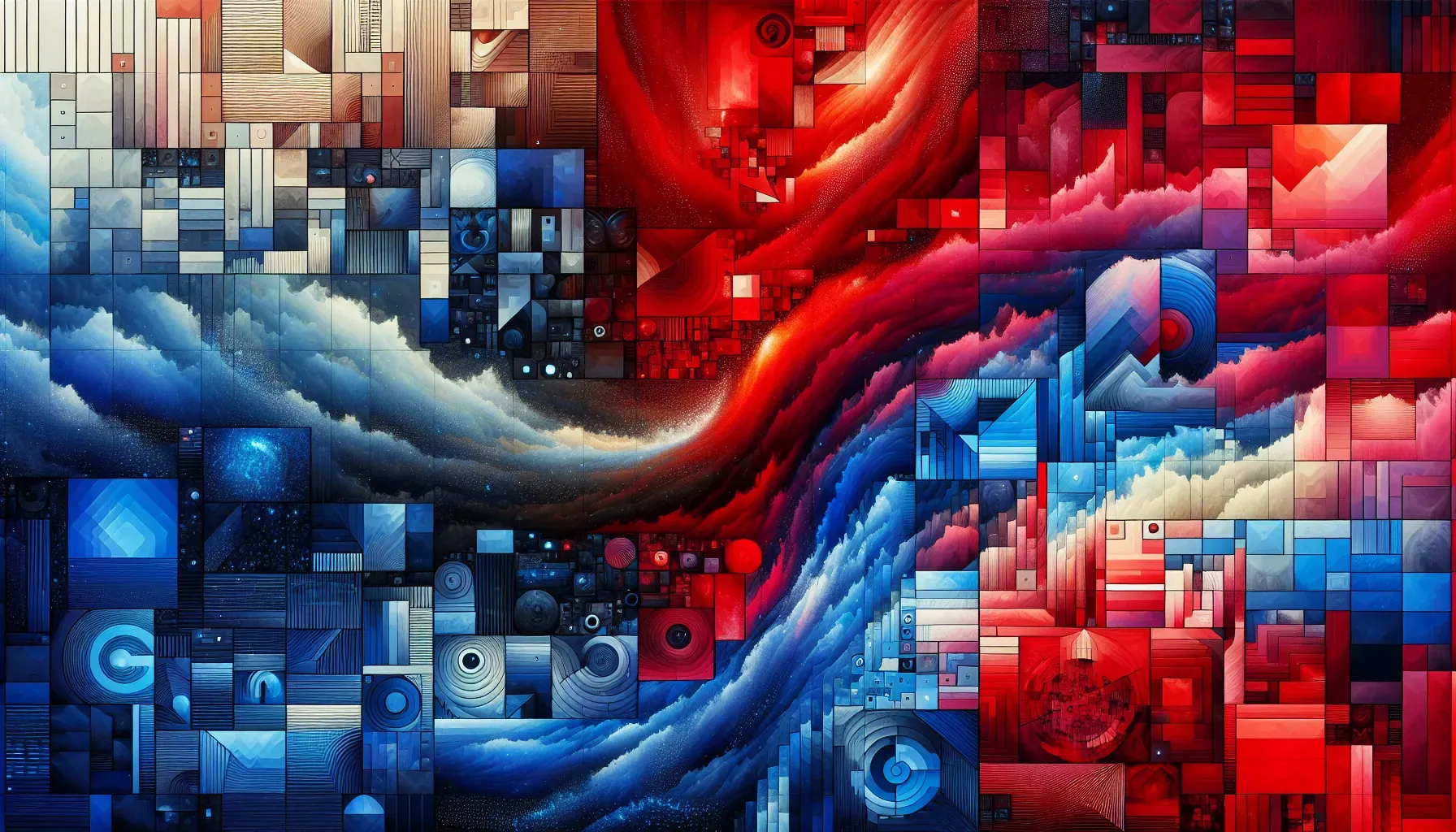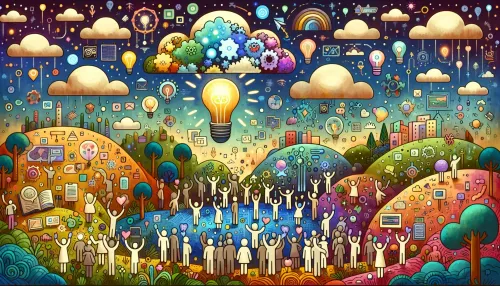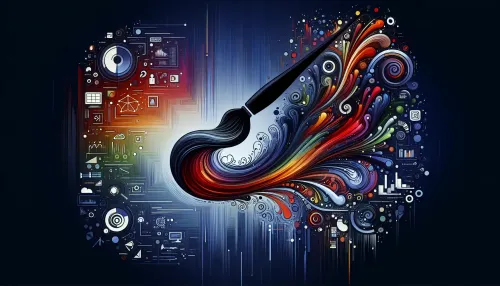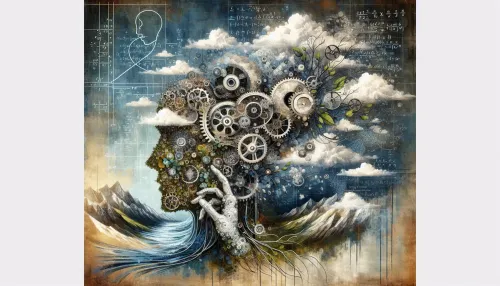Red vs. Blue: Unraveling the Impact of Color Selections in Designing Effective Campaigns

The Impact of Color Psychology in Marketing Campaigns
Digital marketing has grown into a diverse and dynamic field, with marketers constantly seeking innovative ways to capture audience attention and drive engagement. One aspect that has garnered significant interest is the strategic use of colors in marketing campaigns. In this article, we delve into the powerful influence of red and blue in shaping consumer perceptions and behaviors, providing valuable insights into when and how to employ these colors for maximum marketing impact.
Color psychology plays a pivotal role in marketing, with red and blue standing out as distinct influencers of consumer emotions and perceptions. Red, often associated with passion, energy, and urgency, has a commanding presence that can evoke strong emotional responses. It's known to create a sense of urgency, stimulating appetite and grabbing attention. This makes it an effective choice for brands aiming to create a sense of immediacy or excitement within their audience.
Understanding Red: Aggression and Urgency in Marketing
On the other hand, blue exudes a sense of calmness, trustworthiness, and professionalism. It has the ability to instill feelings of security, reliability, and stability, making it an ideal choice for brands looking to establish trust and credibility among their audience. Blue's tranquil effect can also promote productivity and can be particularly effective in industries related to technology, healthcare, finance, and corporate services.
Emotional Responses Evoked by Red
Understanding when to leverage red or blue in marketing initiatives is crucial for achieving specific consumer responses. For instance, red can be strategically incorporated in call-to-action buttons, limited-time offers, or promotional banners to prompt immediate action from the audience. Its ability to stimulate impulse purchases makes it a formidable choice for e-commerce platforms seeking to boost conversions.
Related Article: The Collaborative Catalyst: How Crowdsourcing is Revolutionizing Creativity in Digital Ad Spaces
The Role of Blue: Trust and Calmness in Branding
Conversely, blue can be utilized in branding elements such as logos, website designs, or communication materials to cultivate a sense of trust and reliability with the audience. By implementing blue strategically, businesses can convey a message of stability and competency while fostering strong emotional connections with their target demographic.
Building Trust Through Blue Color Schemes
It's imperative for marketers to recognize that colors carry diverse symbolism across cultures. While red is often associated with luck, prosperity, and celebration in some Eastern cultures, it may symbolize danger or warning in others. On the contrary, blue signifies tranquility and trust in Western cultures but may represent mourning or sadness in certain Eastern societies.
This cultural variation underscores the need for meticulous research and understanding when targeting diverse consumer segments. Marketers must navigate through cultural nuances to ensure that their color choices resonate positively with their intended audience across different geographic and cultural contexts.
Diverse Symbolism of Colors Across Cultures
When crafting brand image and identity, the choice between red and blue can significantly influence how a brand is perceived by consumers. Logos featuring red evokes excitement and energy while simultaneously communicating boldness. Contrastingly, logos incorporating blue convey professionalism, reliability, and competence.
In advertisements, the selective use of red or blue can effectively convey the desired message or emotion - be it urgency and action (red) or trustworthiness and serenity (blue). Similarly, product packaging utilizing these colors strategically can influence consumers' purchasing decisions based on the emotions these colors evoke.
Navigating Brand Image with Color Choices
Several global brands have leveraged the power of red or blue to craft compelling marketing strategies that resonate with their target audience. Coca-Cola employs vibrant red in its branding to create a sense of excitement and intensity surrounding its products. The red color scheme is synonymous with the brand's passion for refreshment and energy.
The Impact of Color on Logos and Advertisements
In contrast, financial institutions such as American Express extensively utilize shades of blue in their branding to cultivate an image of trustworthiness and credibility among their consumers. This strategic use of color reinforces the brand's commitment to reliability while aligning with the expectations of its target market.
Case Studies: Brands Using Red and Blue Effectively
In conclusion, the strategic selection of colors such as red and blue holds immense potential in shaping consumer perceptions and driving desired actions. Whether it's invoking a sense of urgency with red or cultivating trust through blue, understanding the psychological impact of these hues is instrumental for digital marketers aiming to enhance their campaigns' efficacy.
Coca-Cola's Use of Red for Brand Excitement
As we navigate through this exploration of color psychology in marketing, it becomes evident that successful brands harness the emotive power of colors to establish deeper connections with their audience. The judicious use of red or blue - whether in logos, branding materials, or promotional assets - reflects an intuitive understanding of consumer behaviors and preferences.
With this keen insight into the impactful interplay between red and blue in marketing endeavors, digital marketers are empowered to refine their strategies by infusing these colors judiciously for optimal engagement and resonance with their target audience.
Frequently Asked Questions
Red is often associated with passion, energy, and urgency. It can evoke strong emotional responses, creating a sense of immediacy that stimulates appetite and grabs attention. This makes red an effective choice for brands aiming to create excitement or prompt quick actions from their audience.
Blue is linked to calmness, trustworthiness, and professionalism. It instills feelings of security and reliability, making it an ideal color for brands that want to establish credibility. Blue's tranquil effect can also enhance productivity, especially in industries like technology and finance.
Marketers should use red strategically in call-to-action buttons, limited-time offers, or promotional banners to encourage immediate action. Its ability to stimulate impulse purchases makes it particularly effective for e-commerce platforms looking to boost conversions and engage customers quickly.
Yes, blue can be effectively used in branding elements such as logos and website designs to cultivate trust and reliability. By incorporating blue strategically, businesses can convey stability and professionalism while fostering strong emotional connections with their target audience.
Colors carry different meanings across cultures; for example, red symbolizes luck and prosperity in some Eastern cultures but may indicate danger in others. Conversely, blue signifies tranquility in Western cultures but can represent mourning in certain Eastern societies, highlighting the need for cultural awareness in marketing.
The choice between red and blue significantly influences brand perception. Red evokes excitement and boldness, while blue conveys professionalism and reliability. Selecting the right color can effectively communicate the desired message or emotion in logos, advertisements, and product packaging.
Coca-Cola is a prime example of a brand using vibrant red to create excitement around its products. In contrast, American Express utilizes shades of blue to foster trustworthiness and credibility among consumers, demonstrating how strategic color choices can enhance brand identity.
Understanding color psychology is crucial because colors like red and blue can shape consumer perceptions and drive specific actions. By leveraging these colors effectively, marketers can enhance campaign efficacy and establish deeper connections with their audience based on emotional responses.
Marketers can refine their strategies by judiciously incorporating colors like red or blue into their campaigns. Understanding the psychological impact of these hues allows them to evoke desired emotions, whether it's urgency with red or trust with blue, ultimately improving engagement with their target audience.
Check Out These Related Articles

Crowdsourcing Brilliance: Unleashing the Power of Collective Wisdom in Digital Marketing

The Fusion of Visual Arts and Digital Branding: Creating Compelling Campaigns through Aesthetic Excellence

Blending Brushes with Bytes: The New Artistry of Digital Marketing

